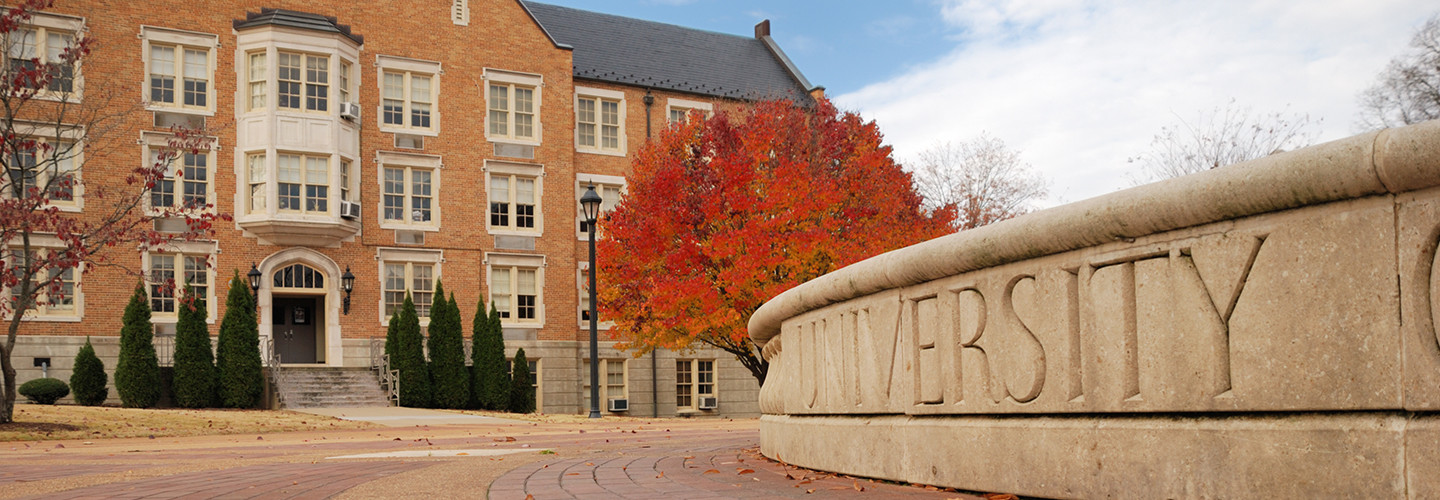EDUCAUSE 2017: IT Modernization Transforms the Campus Experience
IT leaders seeking buy-in for big modernization projects would do well to heed the advice of Byron Nash, CIO and associate vice president for technology services at Columbia College Chicago: “Never waste a crisis.”
Nash was a panelist at the session “Campus Transformation Begins With an Innovative Infrastructure,” held on Thursday at the EDUCAUSE Annual Conference in Philadelphia.
Nash was joined by Dolores Marek, director of academic technology at Columbia, and by Stephen Herzig, director of enterprise systems at the University of Arkansas, and Jon Kelley, associate director of enterprise innovation at the University of Arkansas. Jeanne Weber, a senior higher education strategist with Dell, was the moderator.
Recognize When Infrastructure Change Is Imperative
For Nash, IT crises were routine when he joined Columbia in June of 2015.
“Everything was broken,” he said. The wireless network went down daily. Students had to log in to the network each time they moved from building to building. The learning management system routinely crashed during classes. Even email was unreliable, he said. “The catalyst for change was pretty straightforward. We needed to do something and do it quickly.”
Although the situation at the University of Arkansas wasn’t quite as dire, Kelley said, the institution still needed major upgrades to fix an unstable infrastructure running critical business processes. While addressing those issues, Kelley said, the initiative expanded to encompass overall modernization and implementation of a full virtual desktop infrastructure environment.
The virtual desktop infrastructure initiative, in particular, helped to solve problems that students faced in the old environment, Herzig said, such as having to go to specific labs in specific buildings to access applications they needed for class. Other students were unable to work on assignments at home because they lacked the resources to purchase compute-intensive equipment.
A Fresh Perspective Creates Multi-Faceted IT Plan
Columbia’s staff was plenty capable, Nash said; they just hadn’t had the tools they needed to do their jobs. But when it came time to rip and replace the network infrastructure, Nash said he elected to hire an expert from outside of higher education.
“What it resulted in was a very top-notch infrastructure plan, because we brought in somebody who looked at things differently and asked us questions about ‘Why does it have to be that way?’” Nash said. “Sometimes we have to be more willing to bring people into the academy who don’t have experience in the academy, but do have business experience and will challenge us and ask us the kinds of questions that help us think it through.”
Columbia replaced the entire network and doubled wireless coverage on campus. It also took a fresh look at the data center, previously patched together with equipment from nine vendors, and moved to a single platform.
“The impetus was so that we would know what’s going on,” Nash said. “We would know when something starts to go wrong and why it happened, and be able to fix it quickly.”
Today, a high-functioning network has enabled Columbia’s staff and faculty to pursue a variety of initiatives they couldn’t tackle before, Marek said. Students now have online access to the college’s vast archives, for example, and can easily edit 4K files in real-time. The staff has implemented a new learning management system, worked on active learning spaces and collaborated with the library to improve its technology resources — “all things that depended on a new network,” Marek said.
VDI Delivers Benefits to Staff and Students
At the University of Arkansas, Kelley and Herzig said they sought to leverage current assets in a way that could support long-range plans. The IT environment was hardware-rich, Kelley said, so the team found ways to get the most of those resources with an eye toward reinvesting in software as the old server infrastructure aged out.
“The desire is to get to where the hardware infrastructure is less important and it’s about the software infrastructure,” Kelley said.
That focus on software gives the university the flexibility to be in the cloud, in the data center, in a colocation arrangement — whatever works best. The university also invested in a comprehensive VDI environment that supports graphics-intensive programs in engineering, game design and architecture.
Another benefit of campuswide virtualization was that it simplified backup and disaster recovery strategy, Herzig said.
“We made the decision to do it for everyone, and it has really paid off,” he said.
To stay up to date on all of the news and ideas coming out of EDUCAUSE, follow EdTech's coverage on the EDUCAUSE 2017 conference hub.








